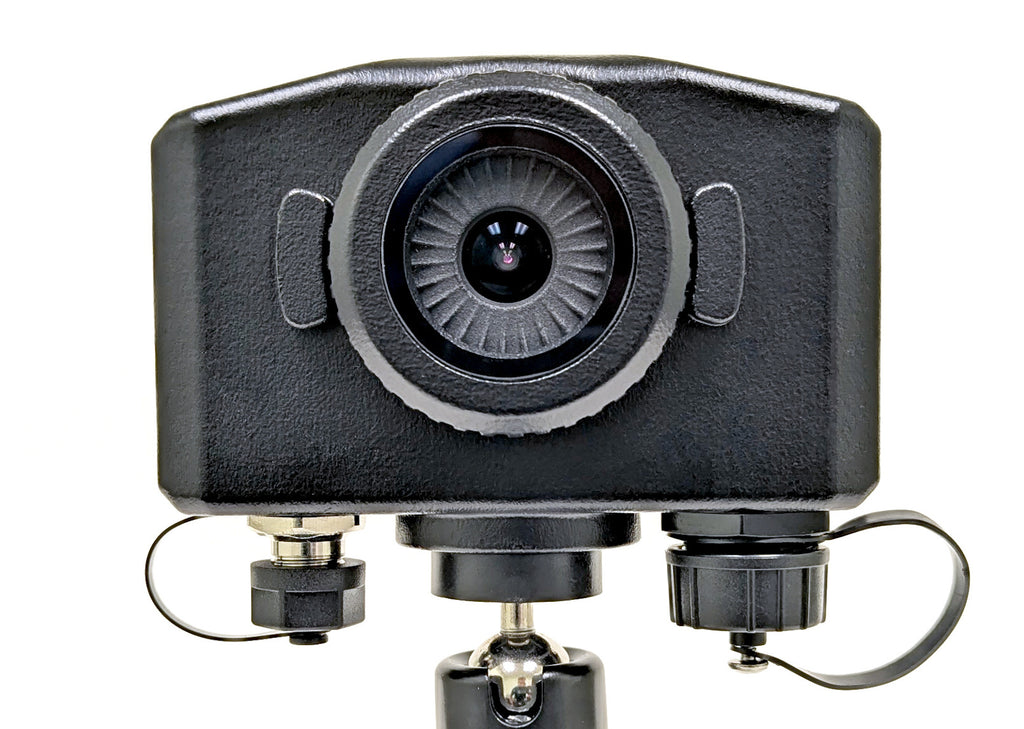|

|

|

|
Survey3
Camera
|
Survey3
PRO
Camera
|
Kernel®2
Camera
|
Compact
Single-Sensor
Multispectral
Camera
|
Waterproof
Single-Sensor
Multispectral
Camera
|
Modular
Multi-Sensor
Multispectral
Array Camera
|
|
RGB Sensor 12MP
|
RGB Sensor 12MP |
RGB Sensor 14.4MP
MONO Sensor 3.2MP
|
| 2160p24 |
2160p24 |
1080p30 |
| Rolling Shutter |
Rolling Shutter |
Global Shutter,
Rolling Shutter
|
|
Up to 0.36fps (RAW)
Up to 0.67fps (JPG)
|
Up to 0.36fps (RAW)
Up to 0.67fps (JPG)
|
Up to 6fps (RAW) |
|
12bit RAW
8bit JPG (per channel)
|
12bit RAW
8bit JPG (per channel)
|
12bit RAW
|
|
87° HFOV (19mm) Lens
41° HFOV (47mm) Lens
|
87° HFOV (19mm) Lens
41° HFOV (47mm) Lens
|
87° HFOV (19mm) Lens
41° HFOV (47mm) Lens
|
| 6 Filter Options |
6 Filter Options |
31 Filter Options |
| Fixed Focus |
Manual Focus
Fixed Focus
|
Fixed Focus |
| PWM Trigger |
PWM Trigger |
PWM, MAVLink, TCP Trigger |
| PPK Exposure Feedback |
PPK Exposure Feedback
|
PPK Exposure Feedback |
| Automatic Geo-taging |
Automatic Geo-taging
|
Automatic Geo-taging |
| No IMU Metadata |
No IMU Metadata |
IMU Metadata |
| PWM, GNSS (UART), USB, HDMI & SD |
PWM, GNSS (UART) |
PWM, ETHERNET (TCP),
UART, CAN (DroneCAN)
|
|
External Power (5V)
Internal Battery
|
External Power (5V) |
External Power (3S-8S) |
| 59 x 41.5 x 36 mm |
110 x 54 x 96 mm |
38 x 38 x 31+ mm |
| 50g+ |
287g |
48g+ |
| Max 512GB Storage |
Max 512GB Storage |
Max 1TB Storage
(Per Module) |
| Starts at $400 |
Starts at $800
|
Starts at $1,649 |
|
|
|
|









